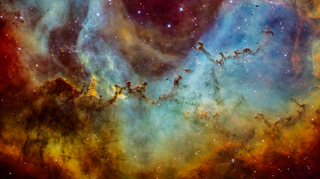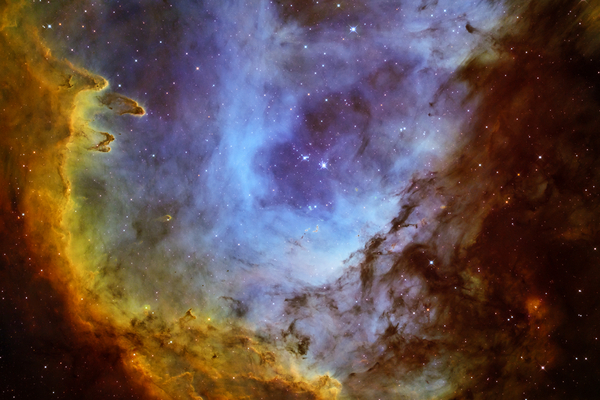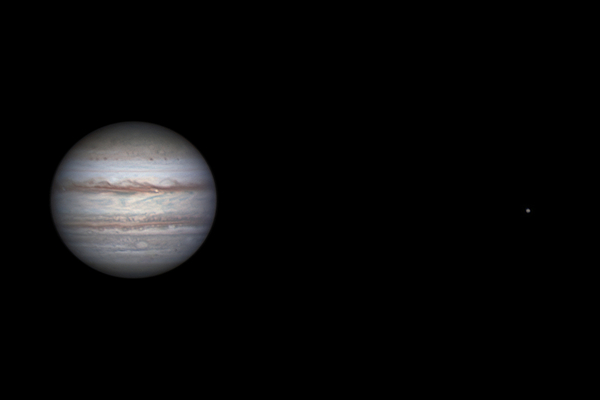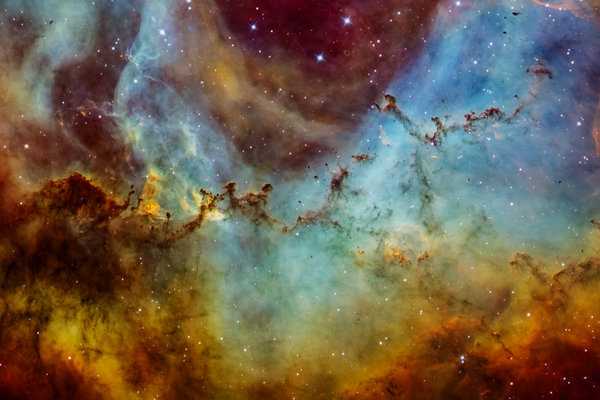Astrophoto of the month - September 2022 - Rosette in narrowband
The Rosetta Nebula in Péter Feltóti's unique shot
A wonderful and special astrophotography image each month by Hungarian astrophotographers.
The Rosette Nebula
The Rosette Nebula is a well-known star forming region of the Milky Way in the Monoceros constellation, located 5200 light years from Earth and the Solar System. Monoceros is a winter constellation, thus the Rosette Nebula is one of the most significant and photographically spectacular nebulae of winter, along with the famous Horsehead Nebula and the Orion Nebula. However its interesting feature is that it is not visible to the naked eye, even when viewed through a telescope, but photographically it shows its fantastic details.
The Circular HII zone
The Rosette Nebula is a perfect example of the so-called circular ionized hydrogen clouds. These circular star clouds form around a central star cluster, in this case the NGC 2244. This star cluster was formed 3 million years ago, and now with its stellar winds it concentrically blows away the material of the nebula, creating a shape resembling a swimming ring. It is an interesting fact that new stars and planets are forming in the ring during a so-called secondary star formation.
The interesting composition
What makes the astrophoto of the month special, in addition to its quality, is its interesting and novel composition. The ring is seen cut in half, and the central cluster and the center of the ring are located in the upper edge of the image. In the middle of the image one of the most spectacular phenomena of the Rosette Nebula can be seen, a chain consisting of so-called globules, which contain dark cosmic dust and gas.
Making of the image
Péter Feltóti took this photo of more than a full day of total exposure time on several occasions with several different cameras:
Since my Rosetta Nebula photo last year I've been planning to take a photo in a narrower composition, which I’ve managed to do this year. The plan was to take photos with the ASI183 CMos monochrome camera with Hydrogen alpha, OIII and SII filters, as it has a small field of view, and then combine these with the raw images taken with the wide-field Moravian monochrome CCD camera. However very little of the SII raw material was taken, so I wasn't sure that I could achieve what I had planned, but surprisingly, the raw images turned out to be enough. The final result consists of 30 hours of exposure time, 50-50 percent of the raw images of the two cameras.
Péter Feltóti





